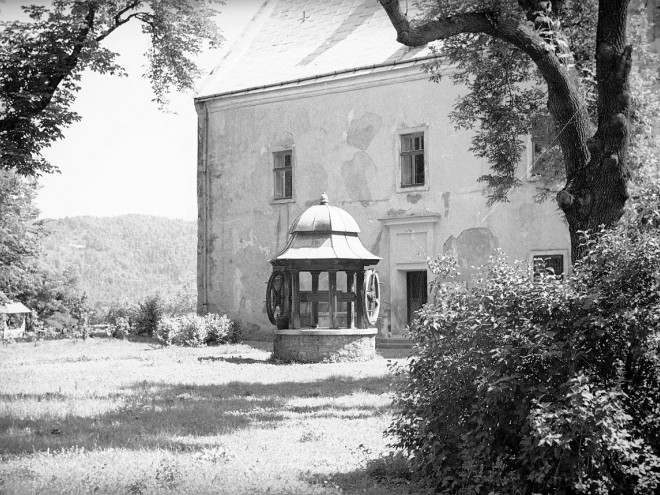In Deborah’s Tree, Jane Yolen and the inimitable artist Cosei Kawa introduce Deborah, the biblical prophet who served as a judge in Israel and delivered an iconic song commemorating her people’s victory under the guidance of God. Although hardly an obscure figure, Deborah is often framed as an exception because of the way she eluded the traditional role assigned to women. Like other scholars, Yolen elevates Deborah, emphasizing her unquestionable strength and courage — but she also captures, through accessible language, the movement from a quiet childhood to the ultimate fulfillment of a destiny.
Each stage of Deborah’s life is introduced as a progressive step, with Yolen’s imagery and cadence illustrating her future. “Deborah is five,” she writes, “sitting under the palm tree, chewing on a sweet date.” But this seemingly ordinary girl also bears the responsibility of a special gift: the ability to prophesy. As she grows older, she begins to understand the implications of this burden. By the time she is twelve, there is “no more talk of dreams as her own future unfolds before her.”
Although Yolen’s tone is understated, she makes it clear that Deborah’s later role as a judge defies gender norms. She delivers legal decisions to men about some of the most significant issues of their lives: marriage, property ownership, and even the potential results of God’s anger at their flawed behavior. When Deborah works with the powerful general Barak, she carefully balances society’s expectations of female leadership with the Israelites’ desperate need for a victory. Using spare language, Yolen depicts a wise and cautious woman who not only sees the future but also perceives how human agency can alter its course.
Deborah is both a visionary and a pragmatist, and Cosei Kawa’s rich and complex images parallel that duality. With pastel and jewel colors, the artist conveys both the world of dreams and the setting of ancient Israel. Often Kawa uses perspective to indicate how characters interact, as when Deborah first dreams of, and then meets, Barak, pictured as a towering figure. There is also a hint of mystery in the realistic scenes of daily activities. A picture of the young Deborah preparing food with her mother shows the girl with her eyes strangely downcast, as if in contemplation, while her mother stirs dates in a bowl. The multilayered meanings of both words and images reinforce Deborah’s authority, presenting it in a new and subtle light.
Emily Schneider writes about literature, feminism, and culture for Tablet, The Forward, The Horn Book, and other publications, and writes about children’s books on her blog. She has a Ph.D. in Romance Languages and Literatures.





